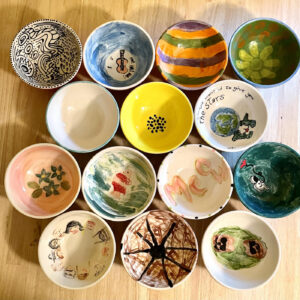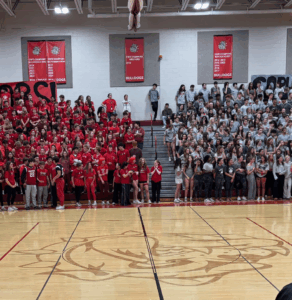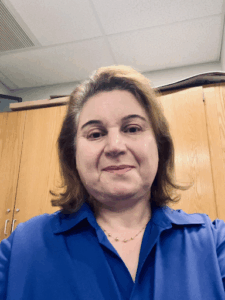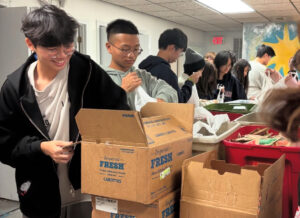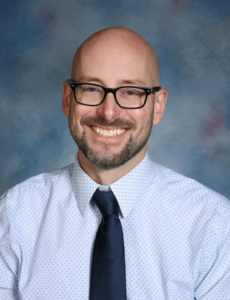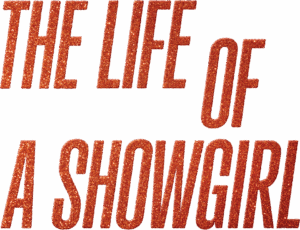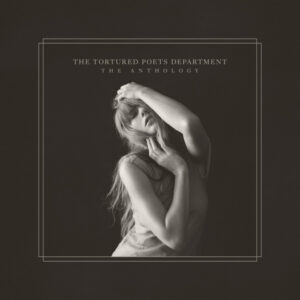Throughout this series, our readers learn about the ever changing and differing teaching styles in different subjects. We have gathered a few teachers for each review, and each article highlights a specific subject and the way teachers choose to teach it. For the second episode in this series we will bring up the combined humanities teaching method at Bedford High School.
Humanities courses open up connections between both historical events and literature, offering a new perspective on the whole. However, when students are learning about different things at different paces in history and literature, they find themselves questioning why Bedford High School (BHS) does not offer separate classes. Some believe they would have more interest in different classes for each level of history, such as covering every revolution one year and perhaps the infamous art periods another year. BHS offers electives to fulfill the interest in studying specific subjects, such as genocide studies and world religions as well as IB and AP classes for a more in-depth but fast-paced look at the same subjects. When students are given more freedom, they find interest in what they are studying and have the ability to retain more knowledge and find enjoyment in learning.
Mrs. Dolce, a teacher who specializes in the history portion of a humanities course, uses specific teaching methods to keep her students entertained. She decides that speaking directly to the students in a lecture-type method is her favorite: “With the humanities combined system, I try to give information multiple times so that it can be retained better. I do this through homework and group projects in order to get the attention of the students who maybe don’t love the notes style”. Even within the elective she teaches, psychology, Dolce uses a similar style, to create enjoyment and full understanding in her classes. She hopes to make personal connections with her students, allowing them to come to her with any questions and creating an environment where everyone is collaborating. She finds openness and collaboration successful for her students to retain knowledge and build a desire for learning.
Dolce takes her biggest teaching inspiration from her past teachers, she says: “My teachers taught me by simply talking and we learned by being able to listen. We only had to listen; we needed to understand what the teachers were talking about”. With students having the option for notes during lectures, writing down information allows them to have a sort of a guide to follow when studying, as it is a proven way to retain knowledge correctly. When they bring this information into projects and assignments, they are then able to visualize everything. Dolce understands how interactive and group projects allow her students to use the knowledge they have received through her lectures, helping it to be remembered better and further their understanding of the topic. By learning how our teachers teach us, it helps us apply similar methods in our daily life.
A true humanities course has two teachers. Mrs. Dolce works the history portion of an American Dream Honors course alongside Mrs. Malayter who specializes in literature. Their humanities course is taught as a team through the methods proven most successful. They also agree that “you must know a bit of one to teach the other” when they work in tandem. Malayter has used her knowledge of history to further analyze famous works of literature and their periods of being made. Meanwhile, Dolce learns that when analyzing works of literature in the course she is learning, offers new ways of looking at history, as it isn’t always so black and white.
Even with this cohesive nature of a humanities course, there are also struggles. Of course there are benefits to two teachers, but like it is mentioned earlier they must specialize in one area but have knowledge of the other subject too. They are required to think analytically to infer as well as stay true to the historical evidence when teaching students in these courses. There is a fine line between wanting their students to retain solid evidence from history and at the same time comfortable in drawing their own conclusions. There can be a problem for students with the overwhelming feeling of trying to think both in and outside of a set box; as multiple stories and perspectives take place at the same time.
As every history teacher knows, the hardest part of the history department is knowing what to teach. Students often learn about the same single event throughout different courses, as each focuses on being broader or more in-depth. Often they come to know the majority of a specific historical event because it was covered in previous school years. Dolce claims that because students have former knowledge when taking her course, they are not as involved and there is a struggle to keep students on board. She says: “This leads to constant changes in the curriculum, because some students know it all/most, or history is just moving on ”. There are constantly new things to cover, as history never stops, so when trying to create the perfect history course, there is always room for improvement within enriching the students’ knowledge.
What are your thoughts? Are history and literature similar enough to teach as a single course? Are notes or action-based activities better for retaining information? Overall, we believe that we can always learn from our mistakes. The constant changing of the curriculum opens up new perspectives and sides of history, allowing us to prevent repetition. What has happened in the past can’t be changed, but by studying it we can understand the faults and make sure to not repeat the failed parts of history.


